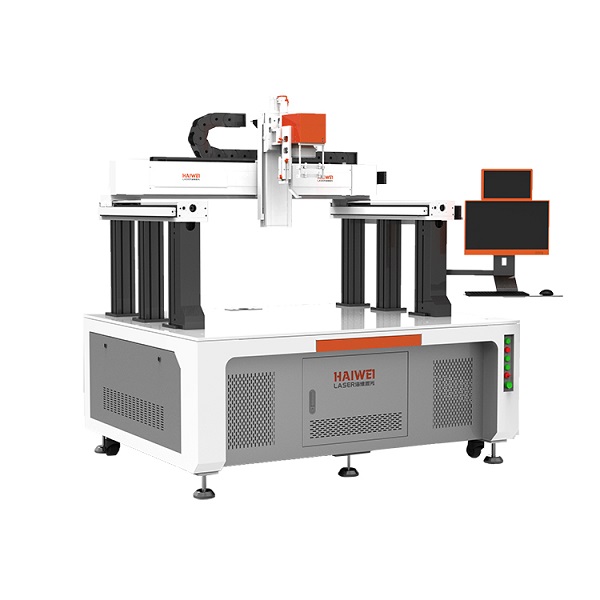Lithium Battery Laser Welding Machines: Enabling Efficient and Energy-Saving Production
Why Energy Efficiency Matters in Battery Manufacturing
In the production of lithium-ion batteries, welding is a critical step—used for connecting tabs, sealing housings, and assembling modules. As manufacturers scale up output, the energy consumption and cycle time of each process become key factors. The lithium battery laser welding machine has emerged as a preferred solution due to its ability to deliver strong, reliable welds with lower energy use and higher throughput.

How Laser Welding Reduces Energy Consumption
Compared to resistance welding or ultrasonic methods, laser welding is highly localized. The focused beam delivers energy directly to the joint, minimizing heat spread and reducing overall power demand. Modern lithium battery laser welding machines use high-efficiency fiber lasers with wall-plug efficiencies exceeding 30%, meaning more input power is converted into usable laser light. This reduces electrical load and cooling requirements, contributing to lower operational costs.
Faster Cycle Times Improve Productivity
A typical laser welding process for battery tabs takes only 0.3 to 0.8 seconds per weld, depending on material and thickness. This speed allows integration into high-speed assembly lines without bottlenecks. When combined with galvo scanning or robotic motion, one lithium battery laser welding machine can serve multiple workstations, further improving equipment utilization and space efficiency.
Precision and Consistency Reduce Rework
The non-contact nature of laser welding avoids electrode wear and mechanical deformation. With real-time monitoring and closed-loop control, modern systems maintain consistent weld quality over long production runs. This reduces scrap rates and rework, indirectly saving energy and materials.
Integration with Smart Manufacturing
Many lithium battery laser welding machines now support Industry 4.0 standards, enabling remote diagnostics, predictive maintenance, and energy usage tracking. This data helps optimize production schedules and identify efficiency improvements.
By combining speed, precision, and low energy input, lithium battery laser welding machines support sustainable, high-volume battery production. For manufacturers aiming to improve efficiency and reduce environmental impact, laser welding—backed by Haiwei Laser’s equipment and process expertise—is a proven and scalable technology.
Recent Posts
- What are the advantages of laser welding machines in lithium battery pack production lines?
- What issues should be noted when choosing a lithium battery pack production line?
- Quality Inspection and Control of Lithium Battery Module Pack Production Line
- Cell grouping and sorting process in lithium battery module pack production line
- What are the safety hazards of lithium battery pack production lines and how can they be prevented?
INQUIRY

